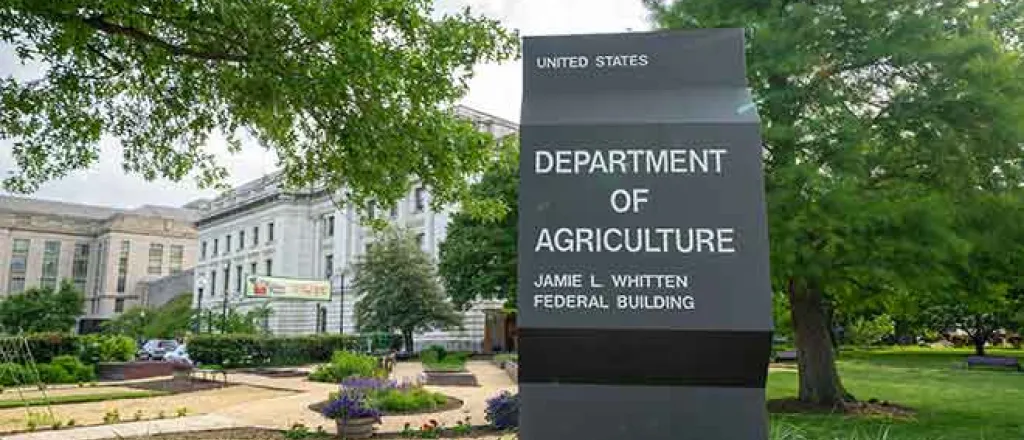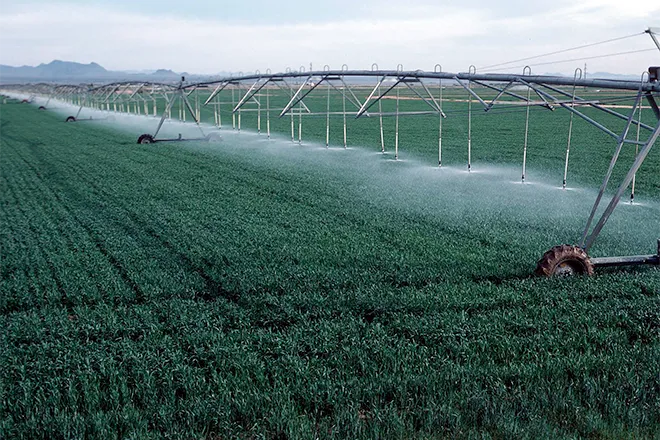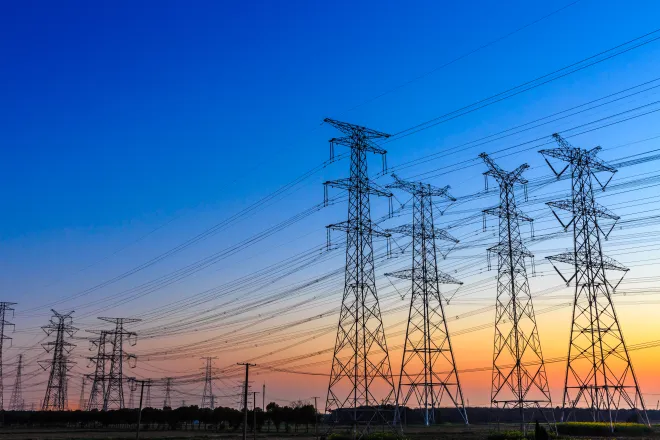
USDA invests millions for 'climate-smart' ag programs in Midwest
Click play to listen to this article.
(Ohio News Connection) Farms in the Midwest should become more resilient to challenges created by climate change, with a $10 million grant from the U.S. Department of Agriculture.
The money will go toward working with farmers in Ohio and Missouri on ways to reduce their greenhouse gas emissions, improve soil and water quality and respond to extreme weather conditions, all while remaining profitable.

© iStock - IMNATURE
Ernie Shea, president of the nonprofit Solutions from the Land, one of the partners in the project, said the grant is unique because it centers around farmers' needs.
"When you approach a farmer in that way, you're beginning the conversation with what's important to him or her, which is surviving, continuing to operate," Shea explained. "You then can talk about co-benefits that can help the public."
This grant will also feature partners like Ohio State University and will fund education programs, research and collaborations with other stakeholders. The federal government is investing billions in climate-smart programs trying to reach its goal of a net-zero-emissions economy by 2050.
Agriculture is responsible for about one-tenth of the greenhouse gas emissions in the U.S., mostly from livestock and fertilizer use. Shea pointed out there are many ways for Midwestern ag producers to be climate smart, including no-till operations, where farmers do not plow the ground and plant directly into soil, and much more.
"They could plant cover crops that provide green photosynthesis activity beds for many months of the year," Shea suggested. "We could implement practices where we're substituting nutrient inputs; where we're making a greater use of livestock manure instead of synthetic fertilizers."
Ohio has more than 13 million acres of farmland and agriculture is responsible for about 3 percent of the state's gross domestic product.
















